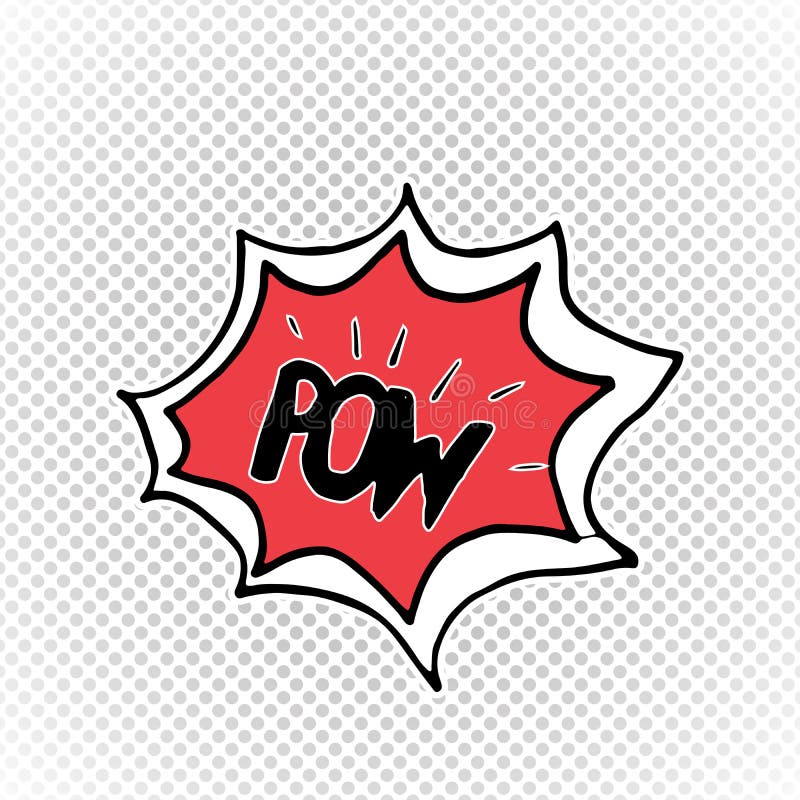

Entrepreneurs around the world developed new business models, and ran to their nearest venture capitalist. The web was a new killer app-it could bring together unrelated buyers and sellers in seamless and low-cost ways. The low price of reaching millions worldwide, and the possibility of selling to or hearing from those people at the same moment when they were reached, promised to overturn established business dogma in advertising, mail-order sales, customer relationship management, and many more areas. These include airline booking sites, Google's search engine and its profitable approach to keyword-based advertising, as well as eBay's auction site and 's online department store. During this time, a handful of companies found success developing business models that helped make the World Wide Web a more compelling experience.
#Bubble pop sound effect plus#
That, plus ongoing investment in local cell infrastructure kept connectivity charges low, and helped to make high-speed Internet connectivity more affordable. In the aftermath of the dot-com bubble, telecommunications companies had a great deal of overcapacity as many Internet business clients went bust. The sites that survived and eventually prospered after the bubble burst had two things in common: a sound business plan, and a niche in the marketplace that was, if not unique, particularly well-defined and well-served. Traditional media outlets (newspaper publishers, broadcasters and cablecasters in particular) also found the Web to be a useful and profitable additional channel for content distribution, and an additional means to generate advertising revenue.

While some online entertainment and news outlets failed when their seed capital ran out, others persisted and eventually became economically self-sufficient. More conventional retailers found online merchandising to be a profitable additional source of revenue. Many companies which began as online retailers blossomed and became highly profitable. Many others, however, did survive and thrive in the early 21st century. In 2000, the dot-com bubble burst, and many dot-com startups went out of business after burning through their venture capital and failing to become profitable. Although a number of these new entrepreneurs had realistic plans and administrative ability, most of them lacked these characteristics but were able to sell their ideas to investors because of the novelty of the dot-com concept.

Low interest rates in 1998–99 facilitated an increase in start-up companies. JSTOR ( December 2022) ( Learn how and when to remove this template message).Unsourced material may be challenged and removed. Please help improve this article by adding citations to reliable sources in this section.

This section needs additional citations for verification. Historically, the dot-com boom can be seen as similar to a number of other technology-inspired booms of the past including railroads in the 1840s, automobiles in the early 20th century, radio in the 1920s, television in the 1940s, transistor electronics in the 1950s, computer time-sharing in the 1960s, and home computers and biotechnology in the 1980s. Larger companies like Amazon and Cisco Systems lost large portions of their market capitalization, with Cisco losing 80% of its stock value. Others, like, MP3.com and PeopleSound, survived the burst but were acquired. The period coincided with massive growth in Internet adoption, a proliferation of available venture capital, and the rapid growth of valuations in new dot-com startups.īetween 1995 and its peak in March 2000, investments in the NASDAQ composite stock market index rose 800%, only to fall 740% from its peak by October 2002, giving up all its gains during the bubble.ĭuring the dot-com crash, many online shopping companies, notably, Webvan, and Boo.com, as well as several communication companies, such as Worldcom, NorthPoint Communications, and Global Crossing, failed and shut down. The dot-com bubble (or dot-com boom) was a stock market bubble in the late 1990s. 1997–2003 The NASDAQ Composite index spiked in the late 1990s and then fell sharply as a result of the dot-com bubble.


 0 kommentar(er)
0 kommentar(er)
